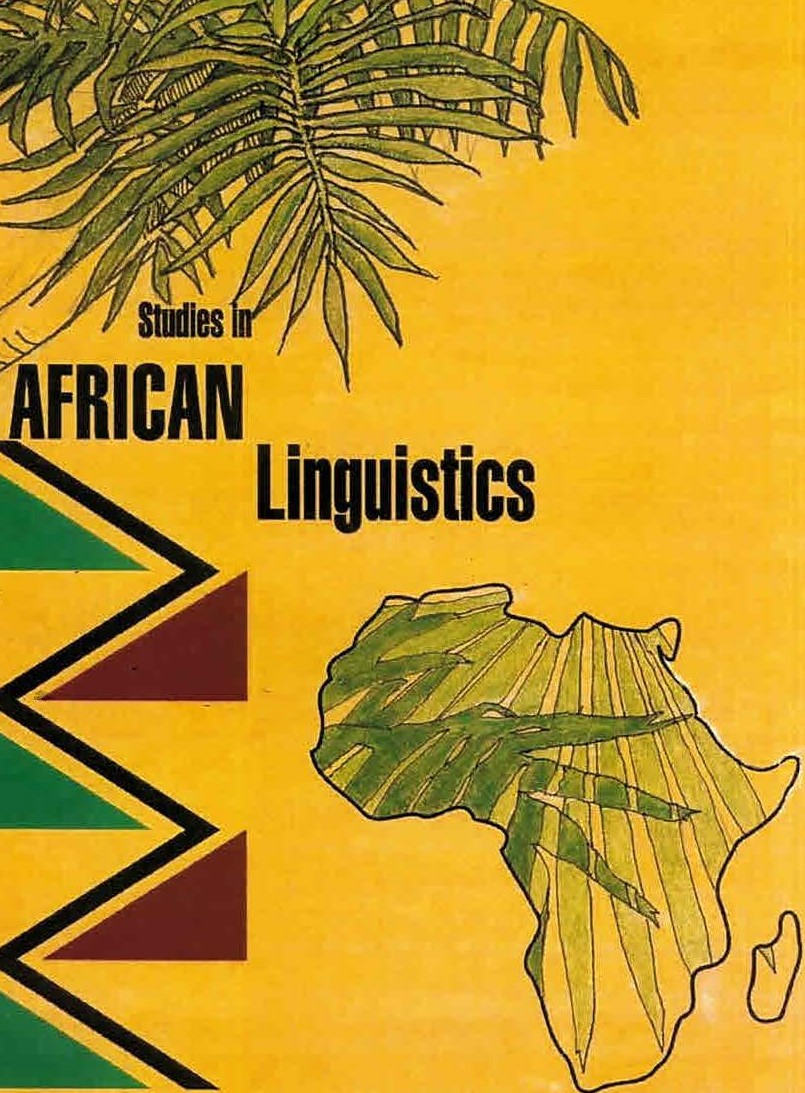Multiple adnominal modification in Dinka
Chaining construct states
##plugins.pubIds.doi.readerDisplayName##:
https://doi.org/10.32473/sal.v49i2.117649关键词:
Dinka, Western Nilotic, adnominal modification, construct state, ezafe摘要
In Dinka, a Western Nilotic language, most adnominal modifiers follow the head noun. Before most of these modifiers, the head noun is in one of two construct states. One construct state, CS1, occurs before, among others, demonstratives, nominal possessors and relative clauses as CS1-modifiers. The other construct state, CS2, which is morphologically more complex, occurs before, among others, possessive pronouns, a few numerals and a diminutivizer as CS2-modifiers. When a construct-state triggering modifier is added to a CS2-modifier, the latter itself gets construct state marking, and the head noun changes from CS2 to CS1. Some CS1-modifiers also get construct state marking when followed by a construct-state triggering modifier. Multiple adnominal modification in Dinka may thus result in a chain of construct states, which is similar to what is found in Iranian languages with so-called ezafe marking.


